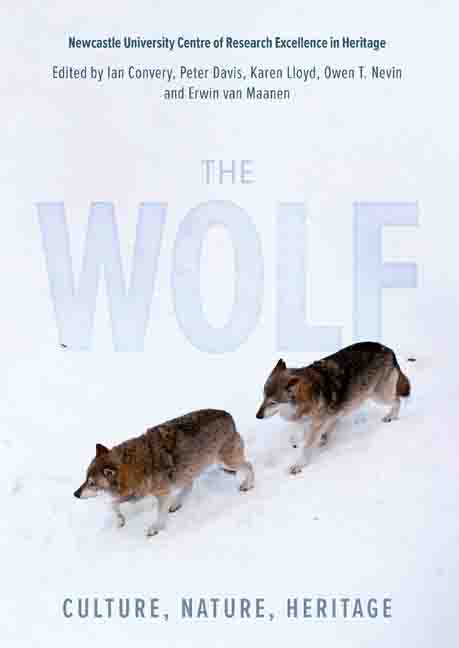Book contents
- Frontmatter
- Dedication
- Contents
- List of Illustrations
- Preface and Acknowledgments
- List of Abbreviations
- Poem: Trophic Cascade by Camille T Dungy
- Foreword
- Part I Imagining the Wolf
- Part II What Makes the Wolf
- Part III Return of the Wolf
- Part IV Personal Encounters
- Afterword: The Ecological Disadvantage of Living on an Island
- Glossary
- List of Contributors
- Index
27 - Tracking Wolves in Western Europe: A Photo-Essay
Published online by Cambridge University Press: 10 January 2024
- Frontmatter
- Dedication
- Contents
- List of Illustrations
- Preface and Acknowledgments
- List of Abbreviations
- Poem: Trophic Cascade by Camille T Dungy
- Foreword
- Part I Imagining the Wolf
- Part II What Makes the Wolf
- Part III Return of the Wolf
- Part IV Personal Encounters
- Afterword: The Ecological Disadvantage of Living on an Island
- Glossary
- List of Contributors
- Index
Summary
Marielle van Uitert is a former war photographer whose current mission is the photographic study of wolves and the relationship between wolves and people. This photo-essay represents a small selection of her work over the past four years, in which she has documented how wolves have returned to western Europe. Van Uitert travelled from the Czech border to the Lausitz, meaning ‘damp meadowland’ in the old Sorbian language, located between the rivers Bobr, Kwisa and Elbe on the borders of Germany, Poland and the Czech Republic. From there she crossed Germany and subsequently visited Belgium, Italy and her homeland of the Netherlands.
AN EARLY MORNING ENCOUNTER
Assisted by local foresters, van Uitert found many wolf prints and scat during the year she spent getting to know different territories. She returned the following summer after wolf pups would have been born.
‘Young wolves are easier to see at certain times of the year,’ she told me, ‘but it all depends; to see them you have to have knowledge of their core area. But to see adult wolves, it's just a case of being lucky – they’re continually on the move in the wintertime, travelling to find mates and new territory.’
Many images were taken early one morning whilst van Uitert was lying beneath a camouflaged portable wildlife hide. During that particular week she encountered many wolves, some of which were photographed on camera traps. Van Uitert's approach is to simply wait and see what turns up; wolves need their space and she is aware of the need to avoid disturbance.
‘By chance my dog found a dead deer one morning. The carcass presented a good opportunity to hopefully catch wolves on camera. I'd already been tracking the area for some time and found many wolf-prints and scat. This deer had been killed by a wolf – this was evident from the wounds on the animal's neck. I placed a few camera traps adjacent to the carcass, and when I returned to see what, if anything, the camera had recorded, the sequence shows a single juvenile, with a second arriving a few minutes later.
- Type
- Chapter
- Information
- The WolfCulture, Nature, Heritage, pp. 317 - 326Publisher: Boydell & BrewerPrint publication year: 2023

